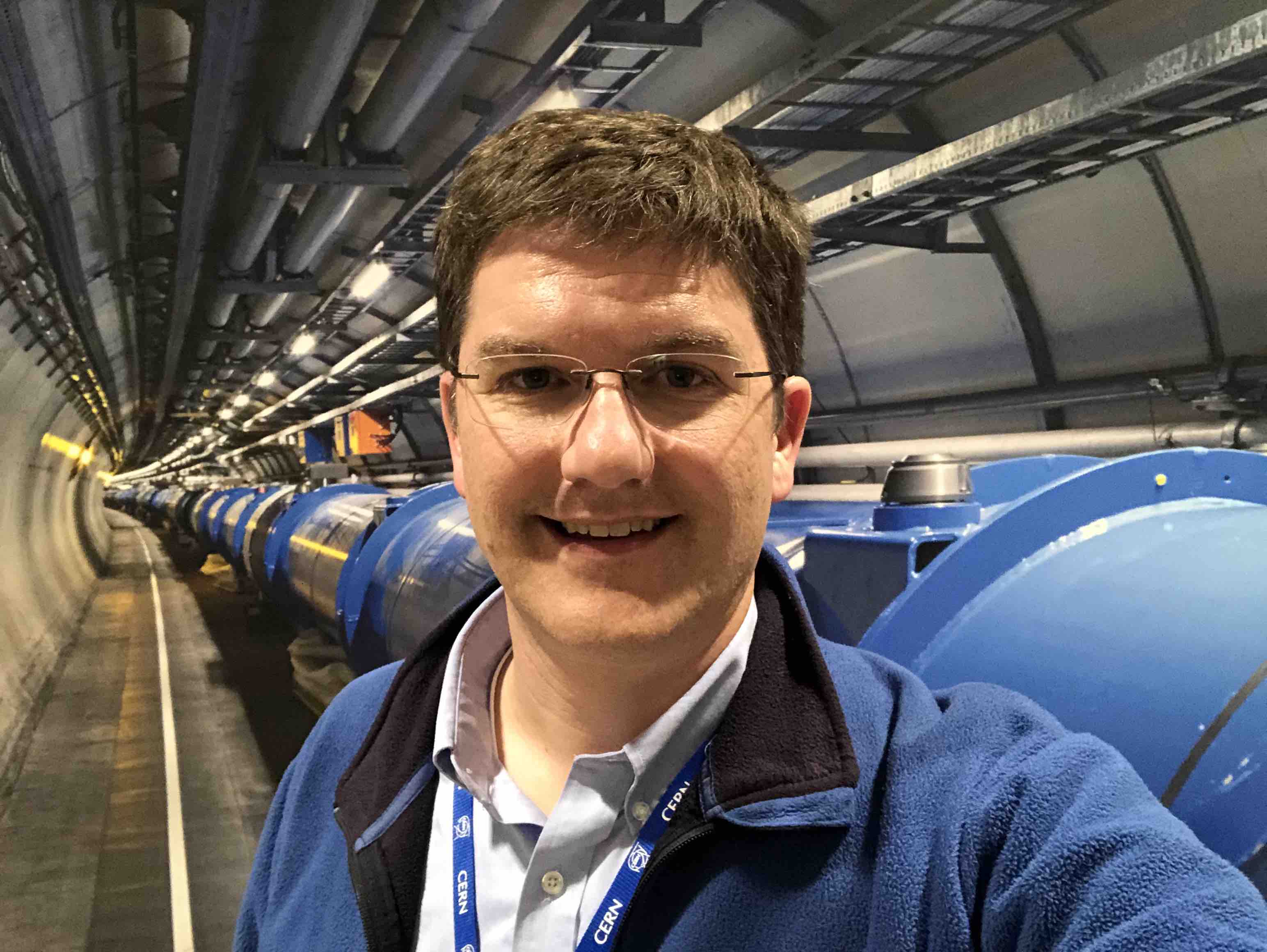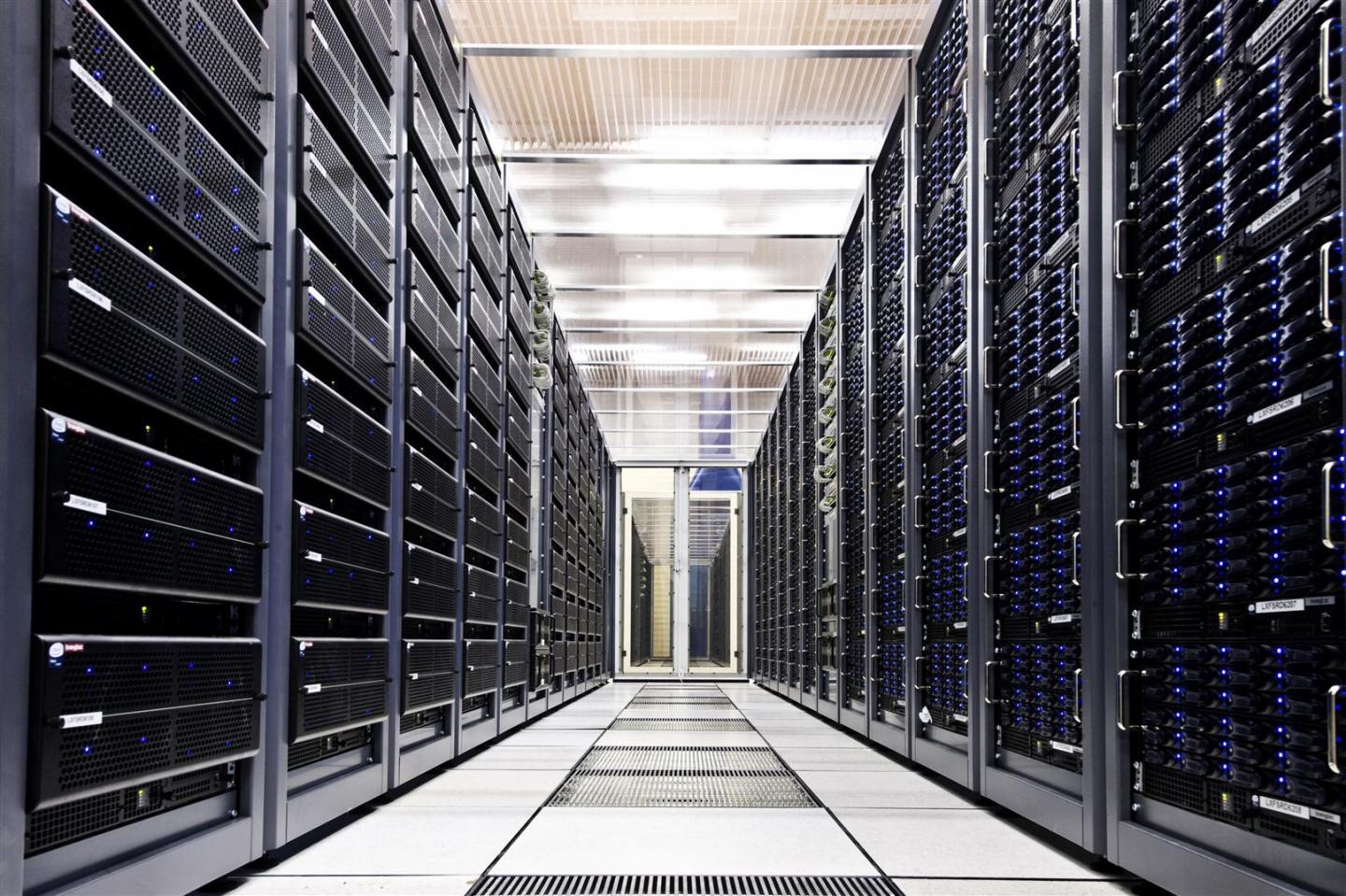
Launch of the WATCHEP training program
We are excited to launch a new training program to enable discoveries in fundamental science.
The Western Advanced Training in Computational High-Energy Physics (WATCHEP) provides a tailored curriculum with micro-credentials and research project experience with a national lab staff member.
This program, which is headquartered at SCIPP will train 12-14 students each year in a consortium of six large Western universities.
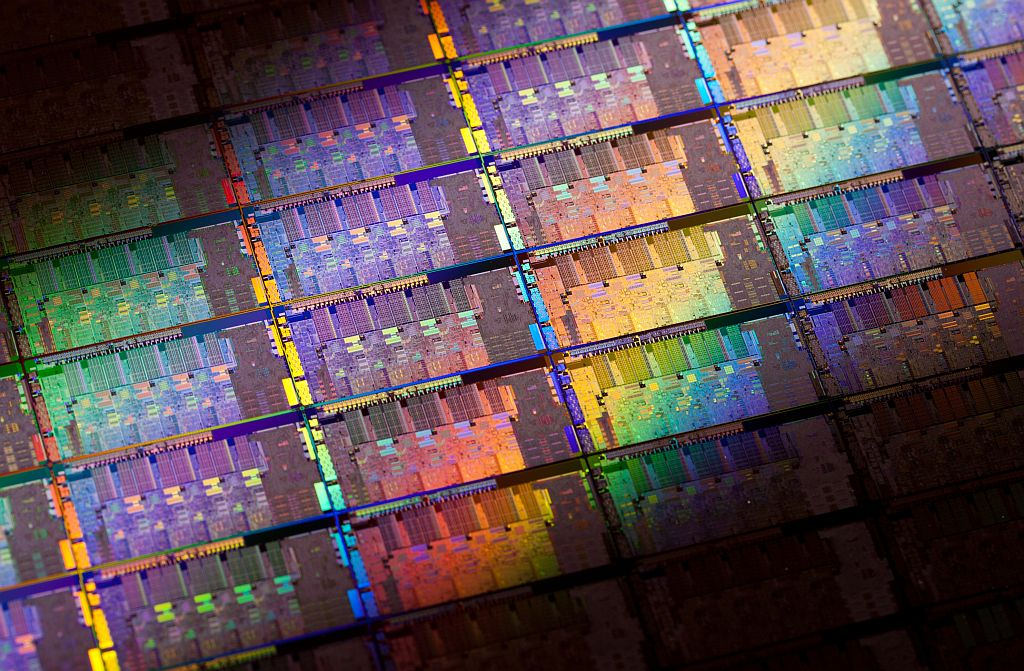
New research project in Thin Film particle detectors
What if the semiconductor tracking detectors for particle physics could be made more cheaply on a large scale?
One possibility is to leverage the thin-film technology used in big-screen TVs to manufacture sensors with integrated electronics.
Research into this area was awarded a
Seed Funding grant from UCSC Office of Research.
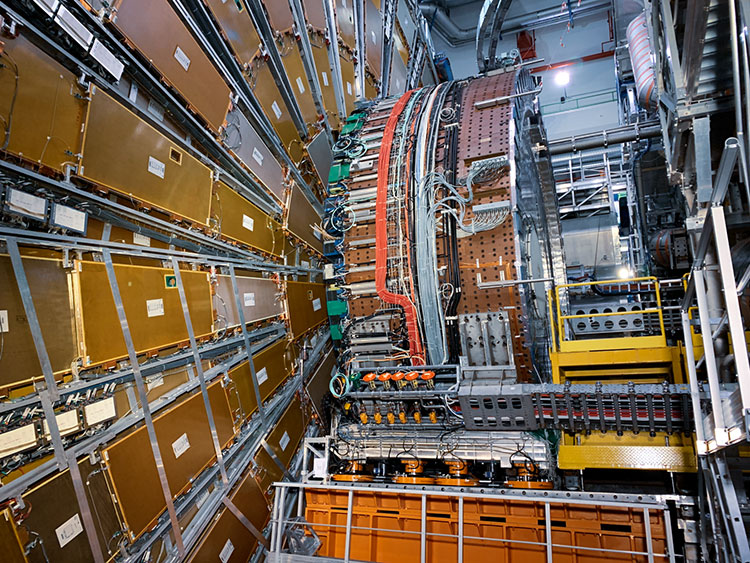
Welcome to PHYS 129 and PHYS 291D students!
In Winter 2024, I teach Particle Physics and Astrophysics (undergraduate), and Experimental High-Energy Collider Physics (graduate).
All of the information for the courses is in the Canvas LMS.
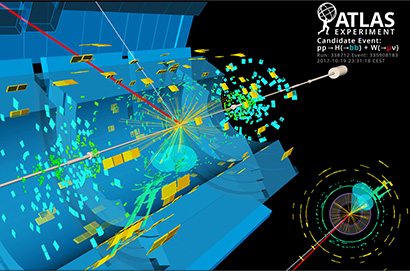
Observation of Higgs bosons decaying to bottom quarks
The detection of the Higgs decay to bottom quarks was announced jointly by the ATLAS and CMS experiments at CERN, the European particle physics lab in Geneva, Switzerland.
After several years of refining their techniques and gradually incorporating more data, both experiments finally saw evidence of the H→bb production that exceeds the 5-sigma threshold of statistical significance typically required to claim a discovery.
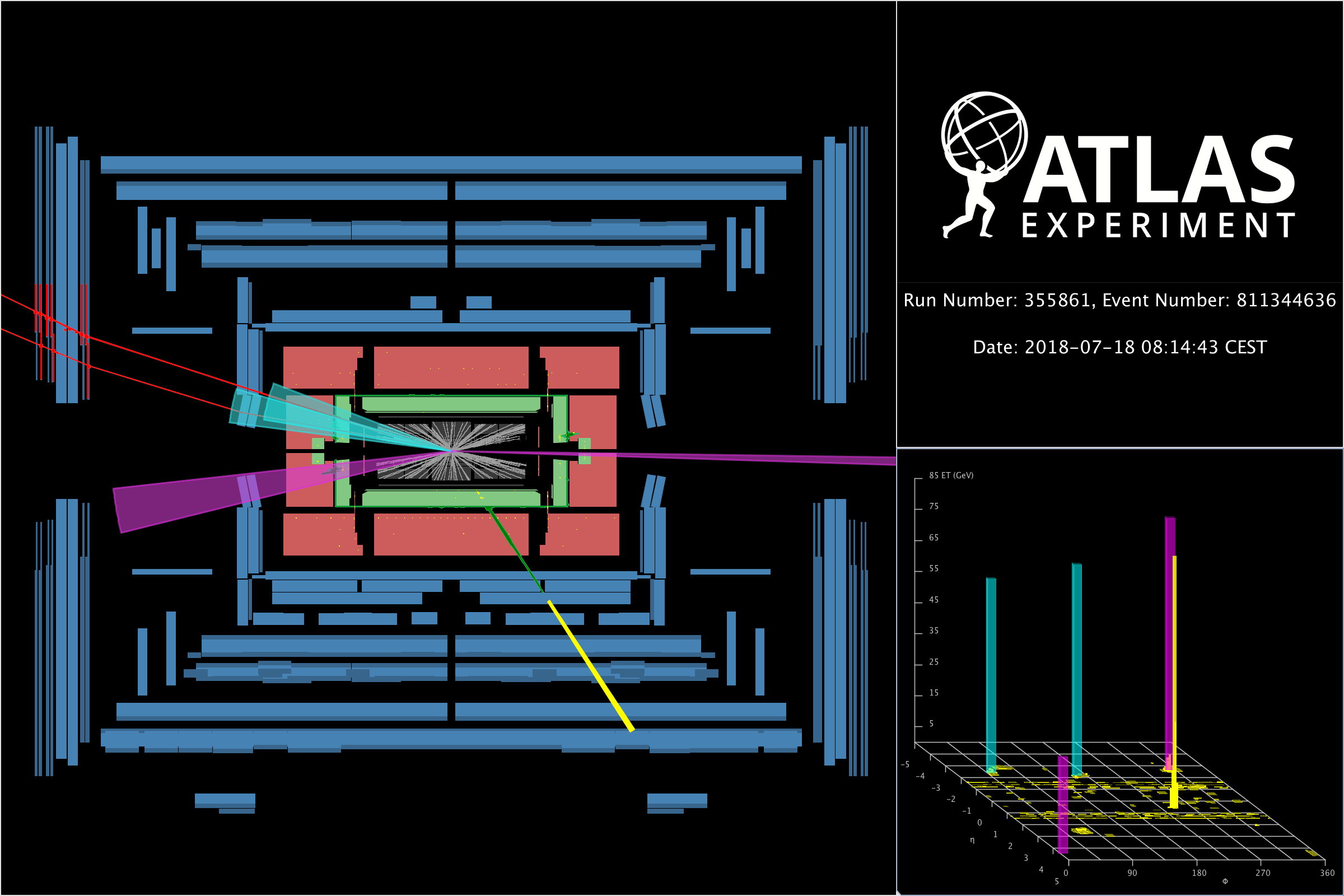
Measurement of Higgs bosons produced via vector boson fusion
The requirement of a high-pT photon associated with VBF Higgs production results in a remarkable background suppression because the diagrams with emission from the initial-state quark and final-state quark interfere destructively.
For the same reason, this signature provides a unique opportunity to disentangle the W and Z boson contributions to vector boson fusion.
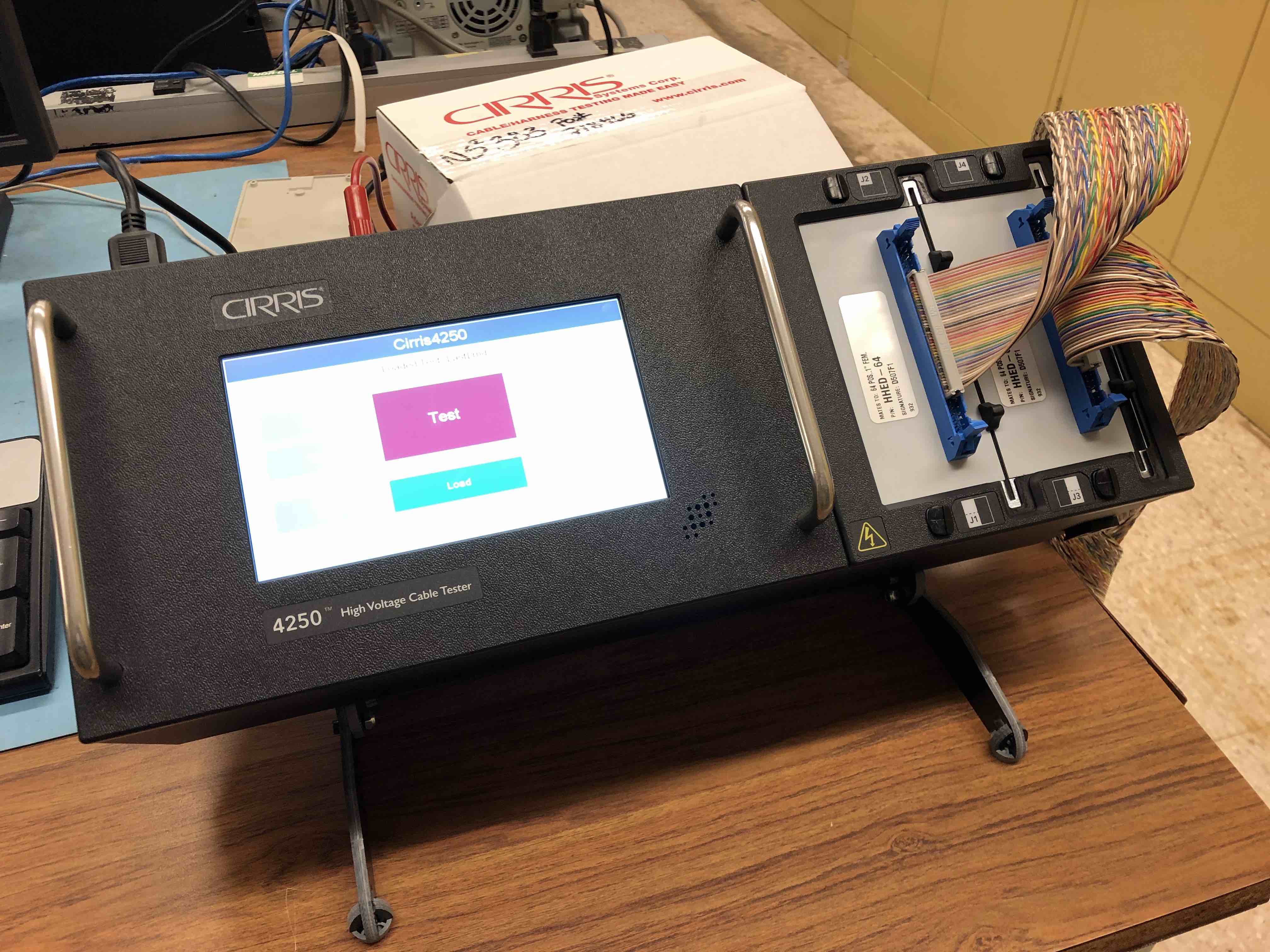
Power and data transmission for the ATLAS pixel detector upgrade
The Type-I services are the essential link between the Patch Panel 0 inside the ITk detector volume and the Patch Panel 1 on the ITk bulkhead.
These services carry low-voltage power and high-voltage sensor bias voltage in addition to Detector Control System data and monitoring interlock signals.
The services are designed with very low mass, very small cross-sectional area, and very high radiation and temperature tolerance.
